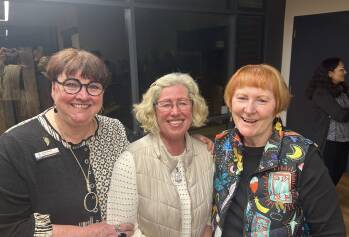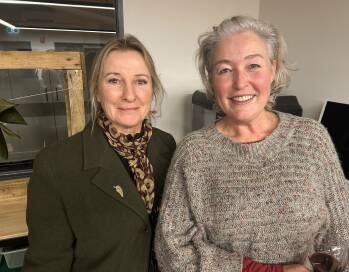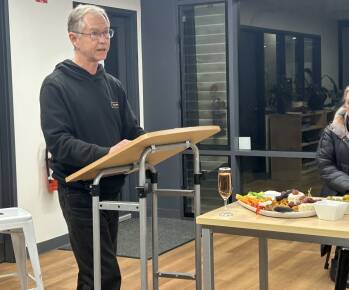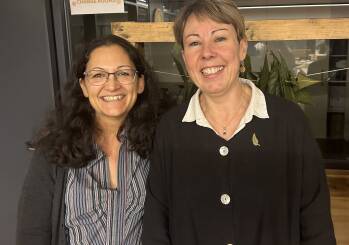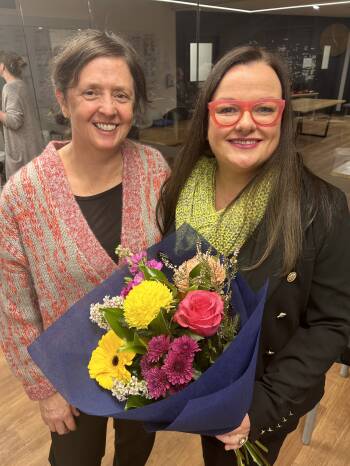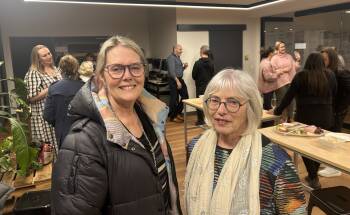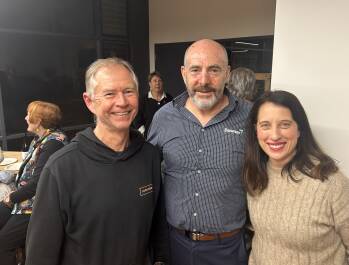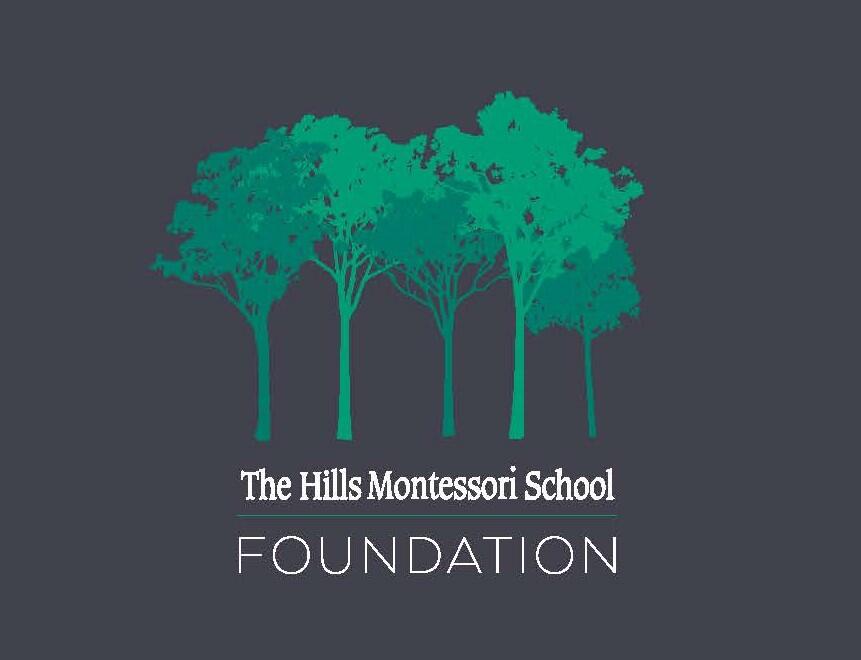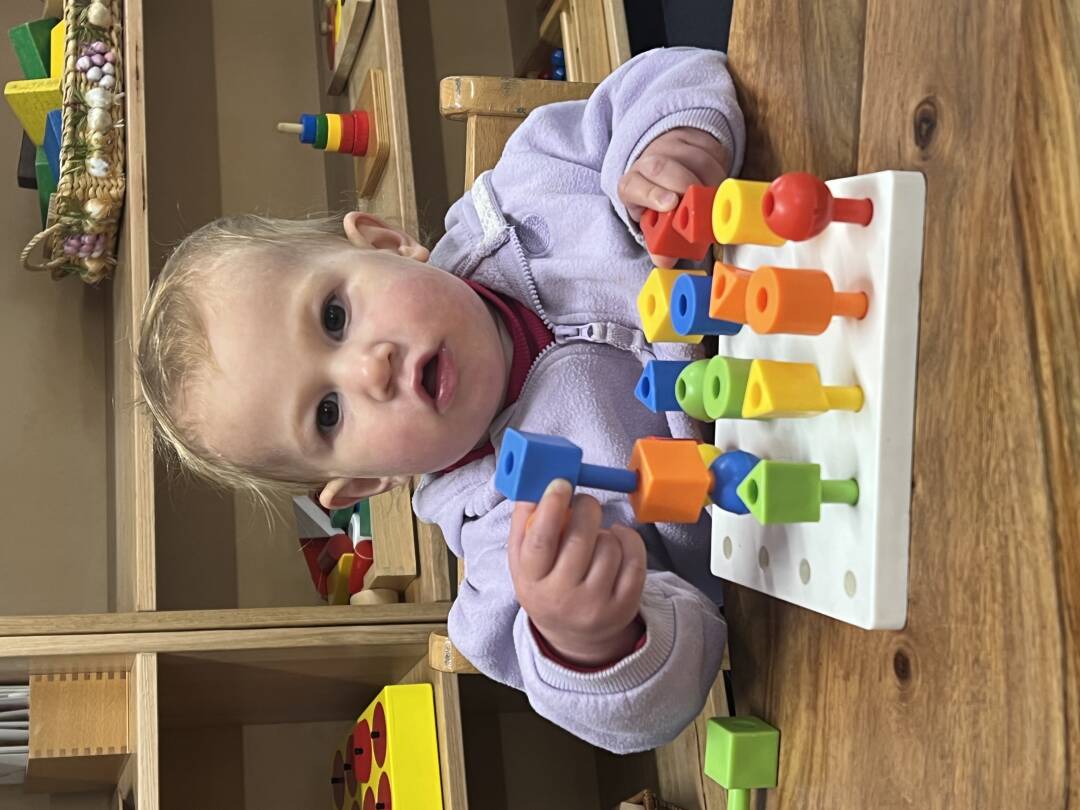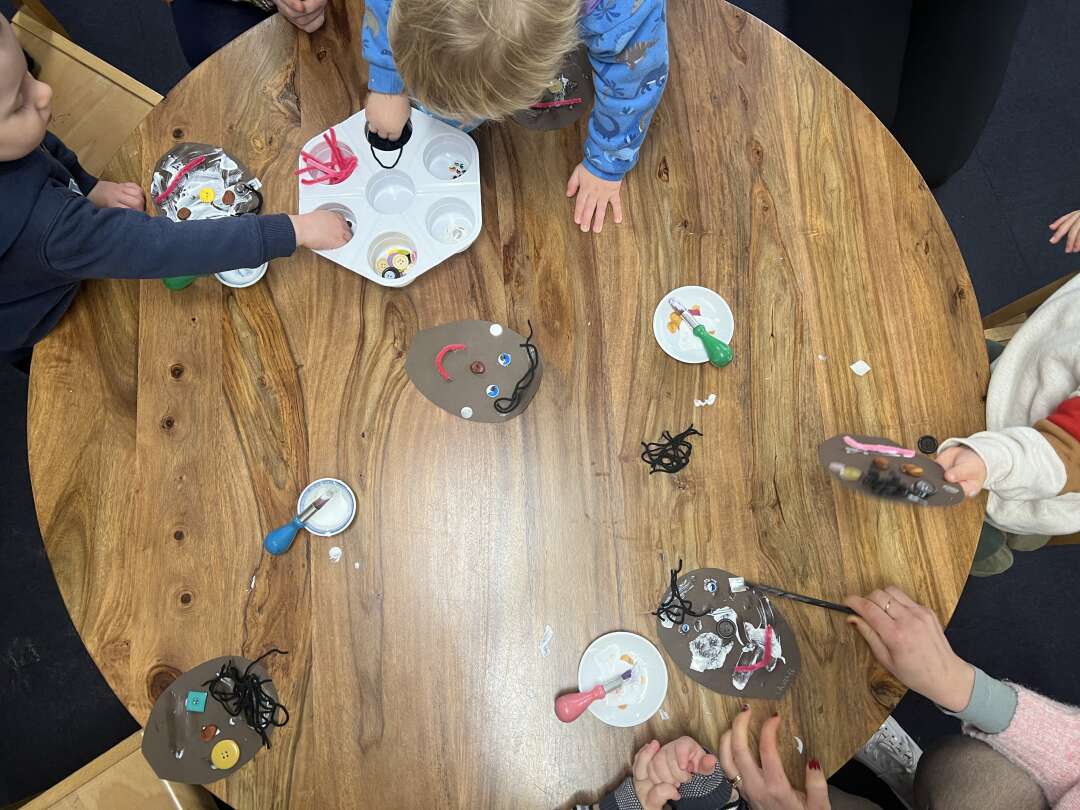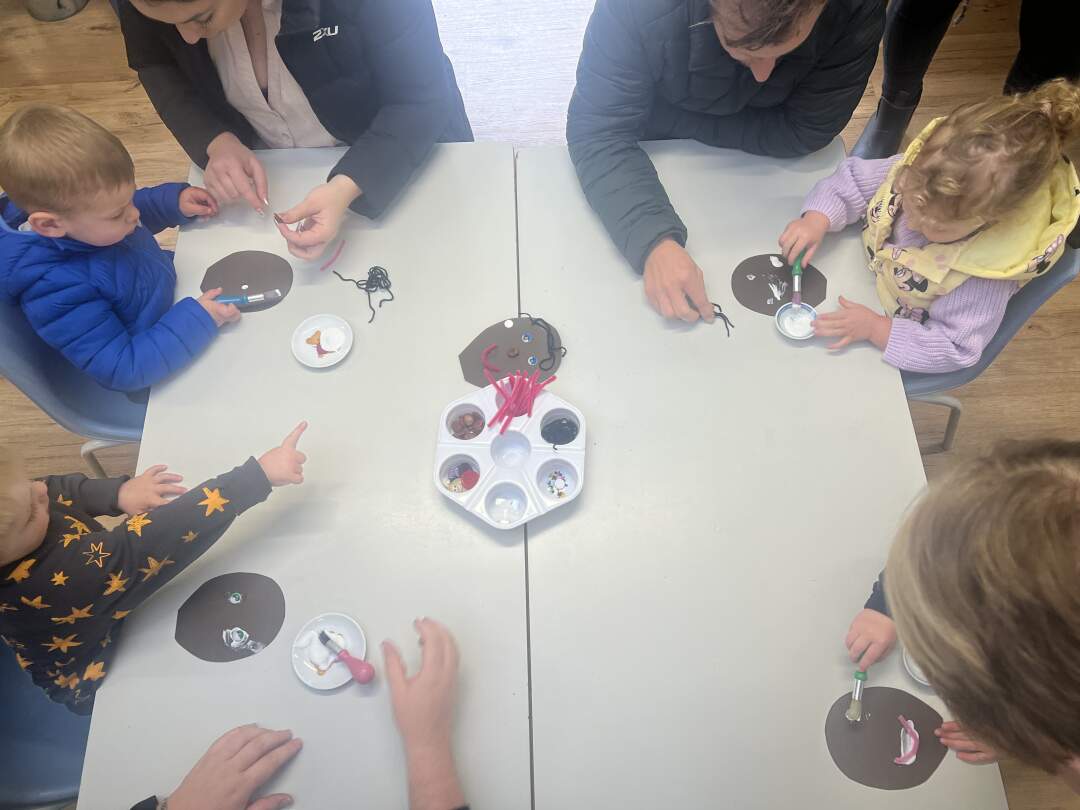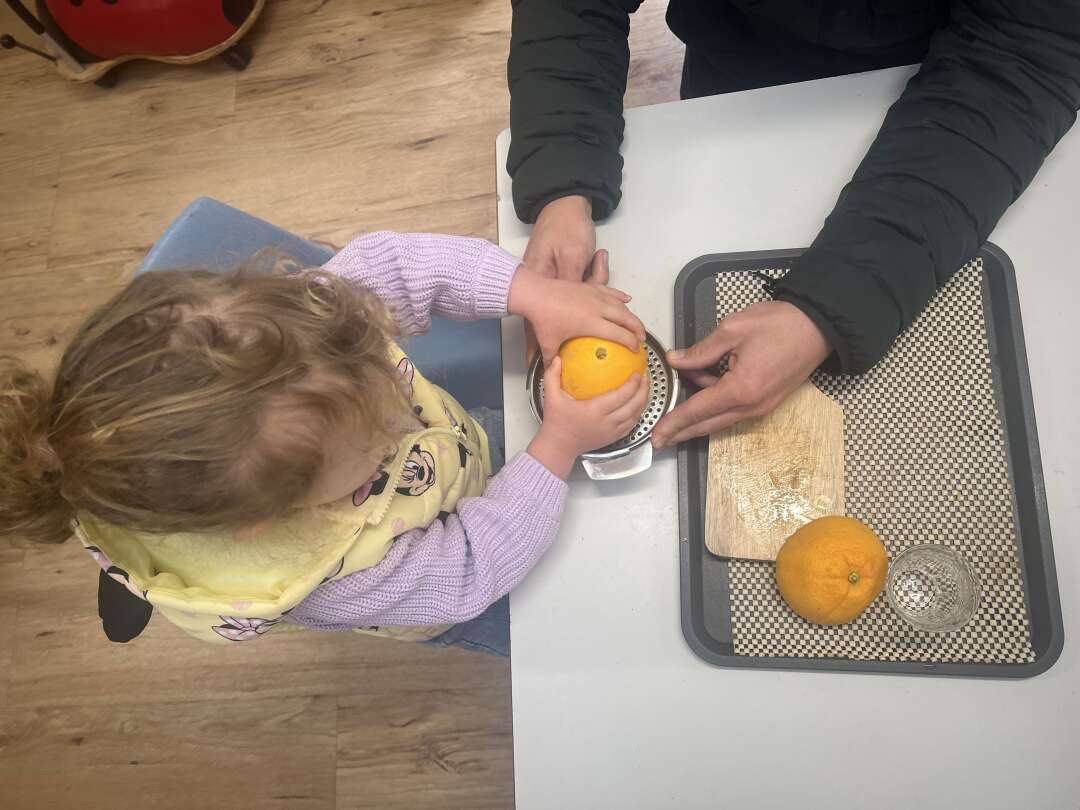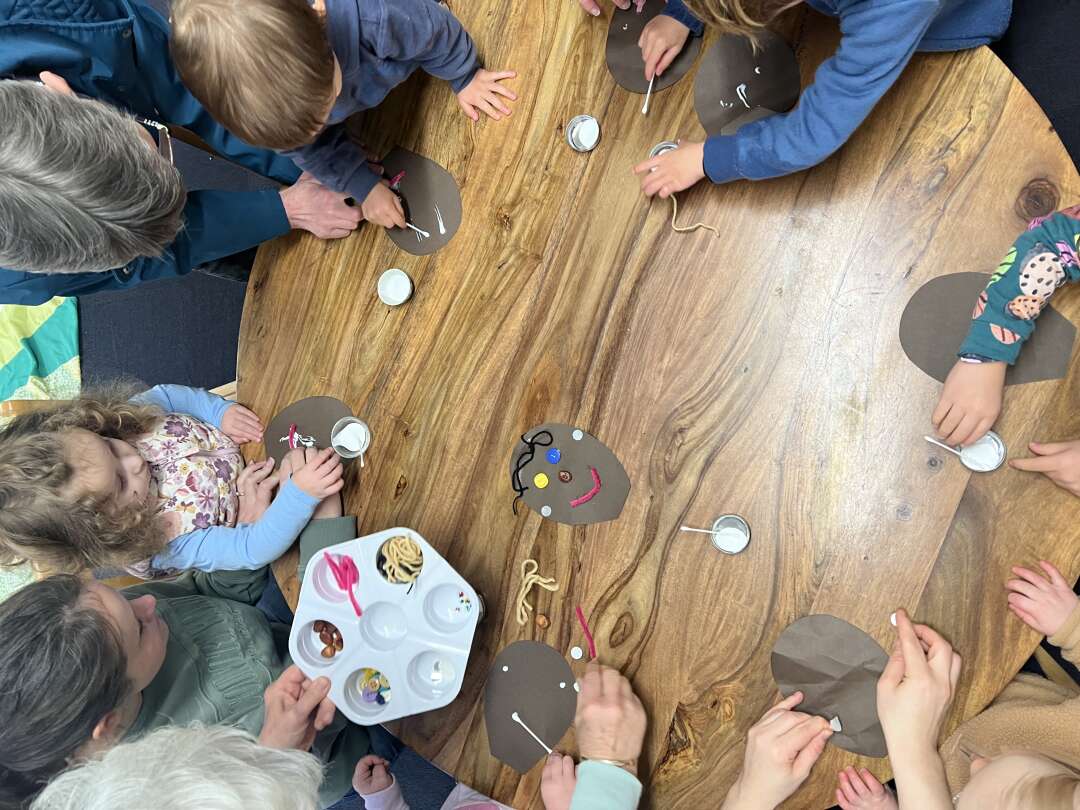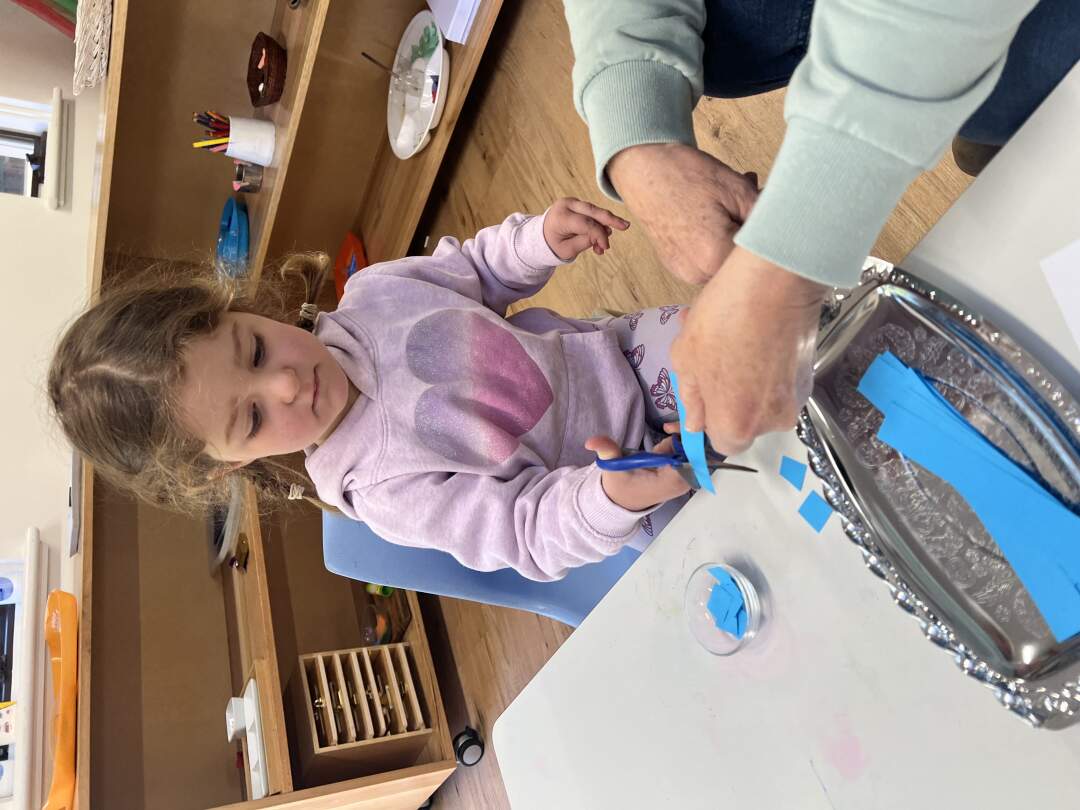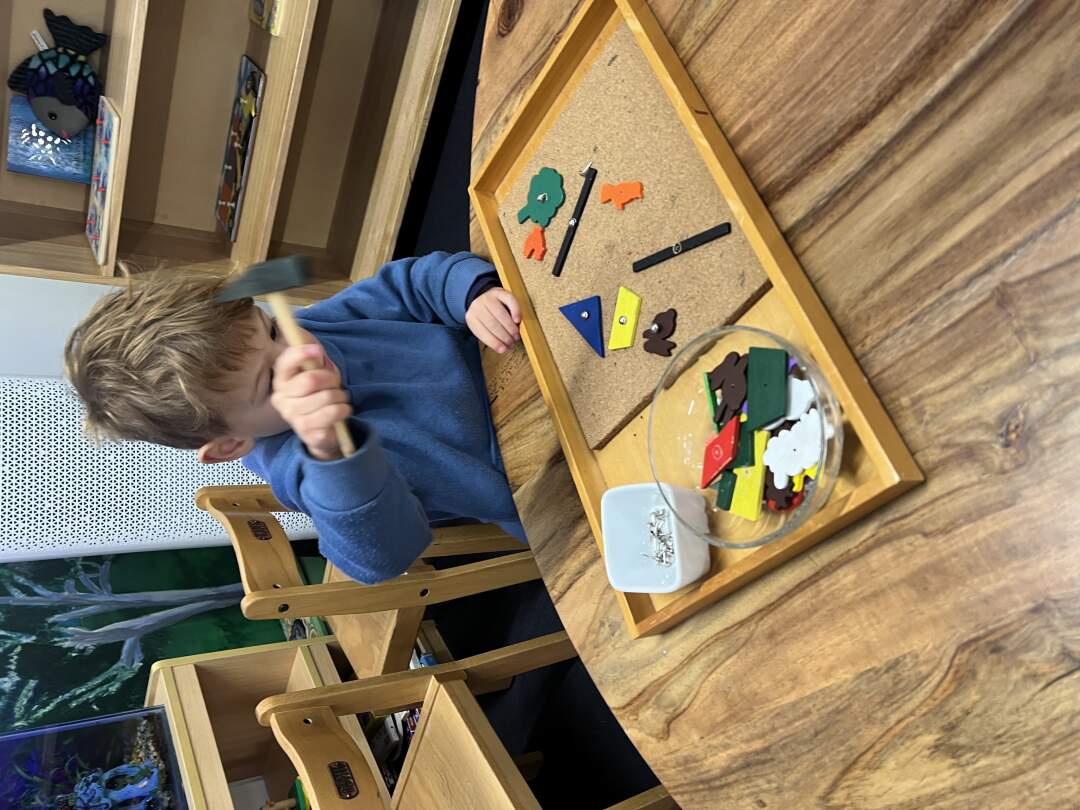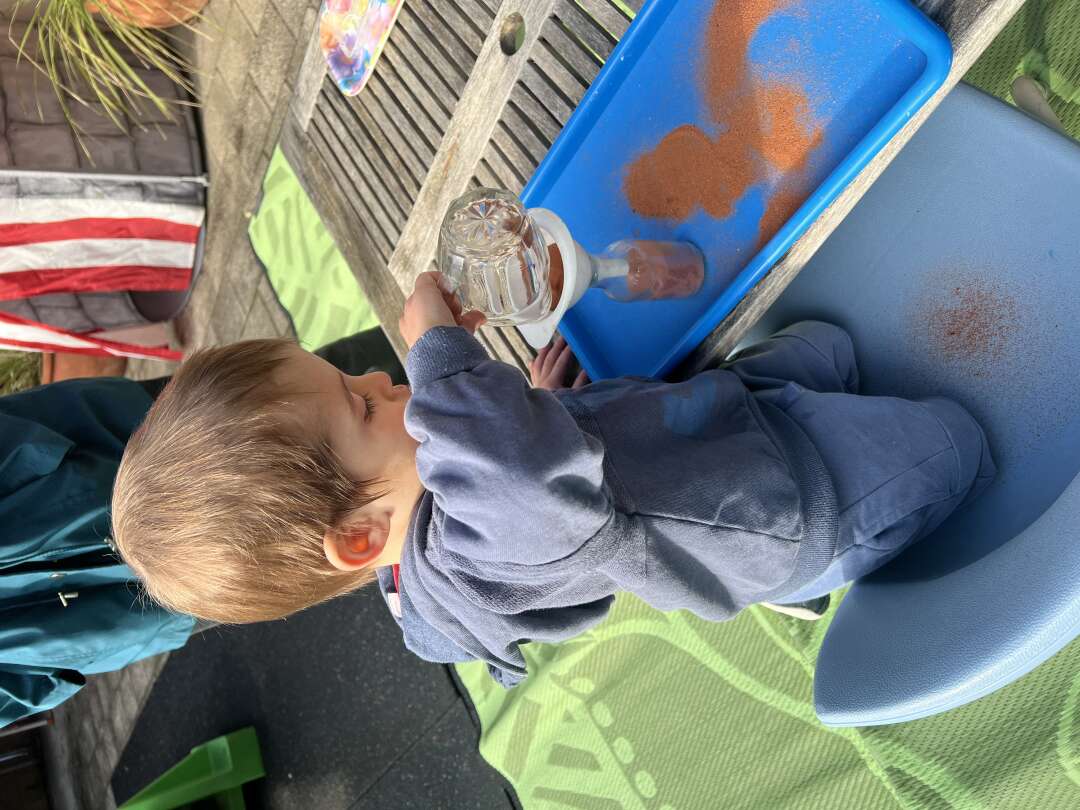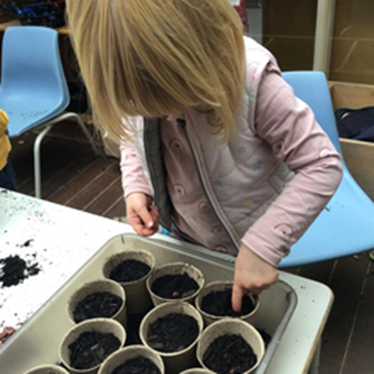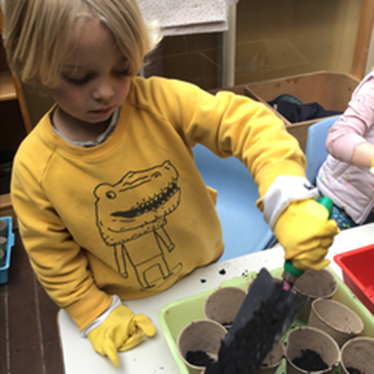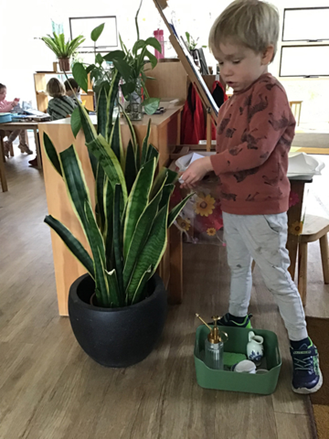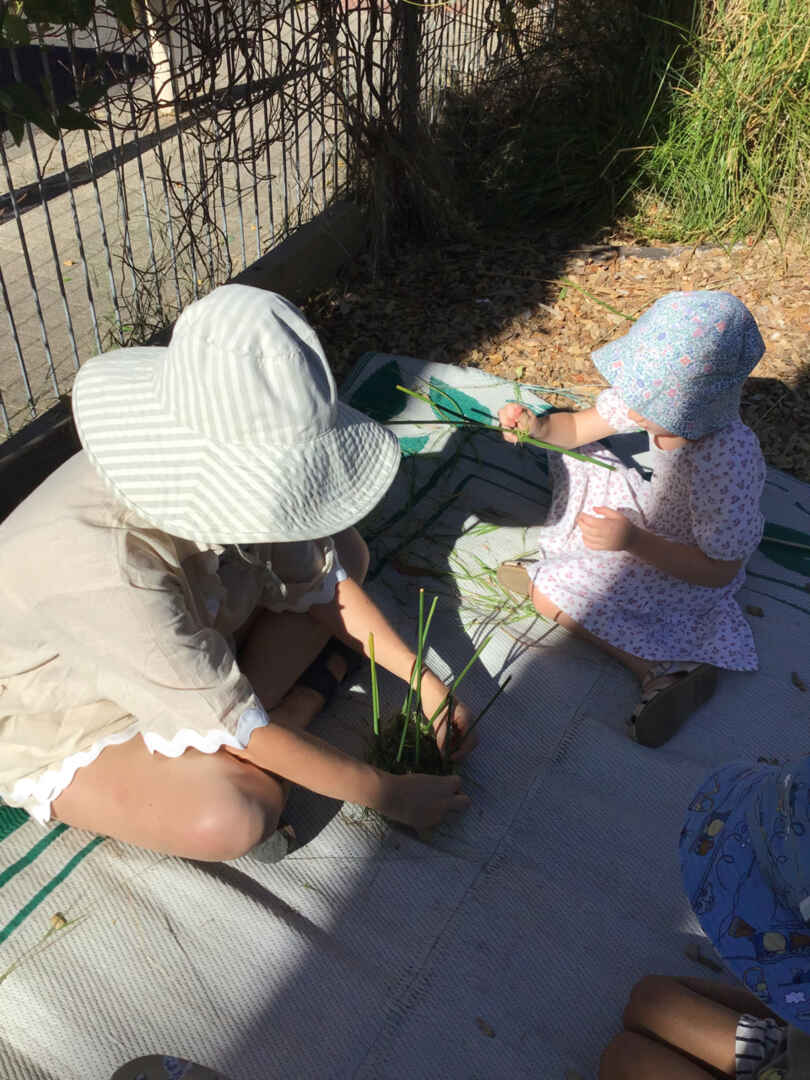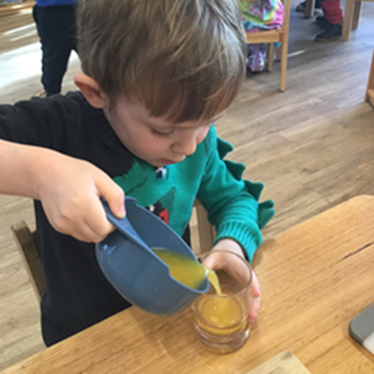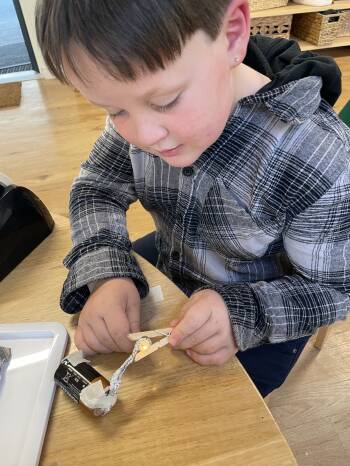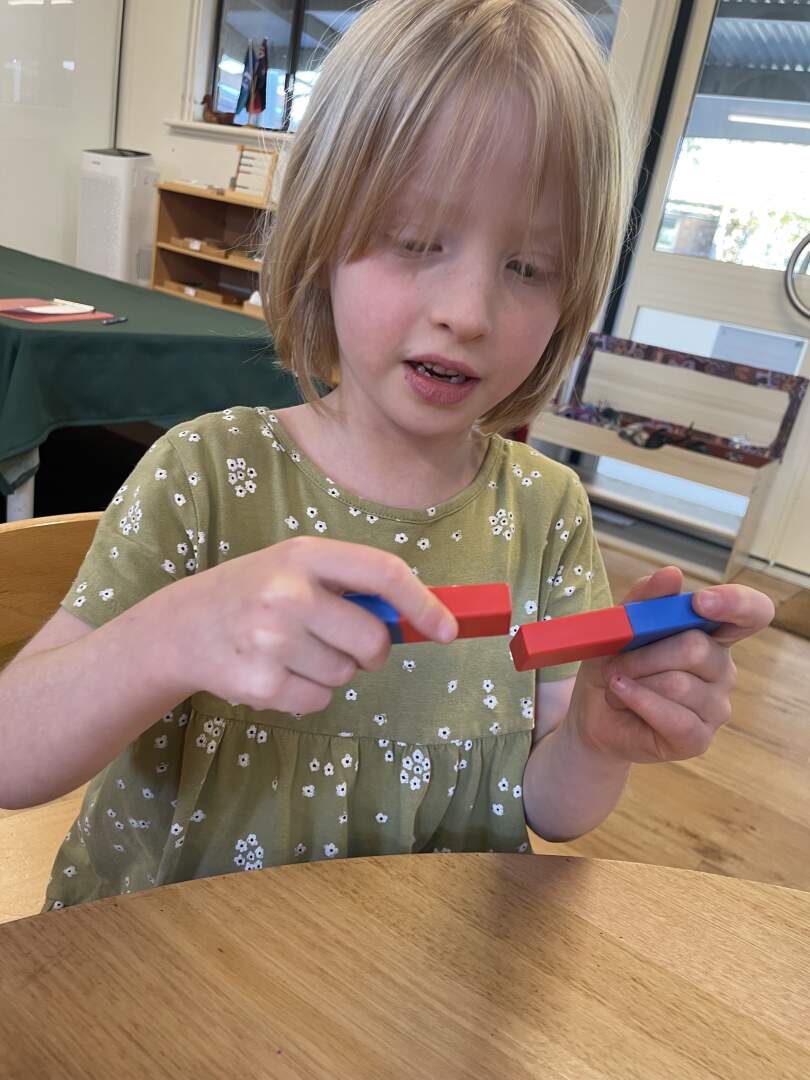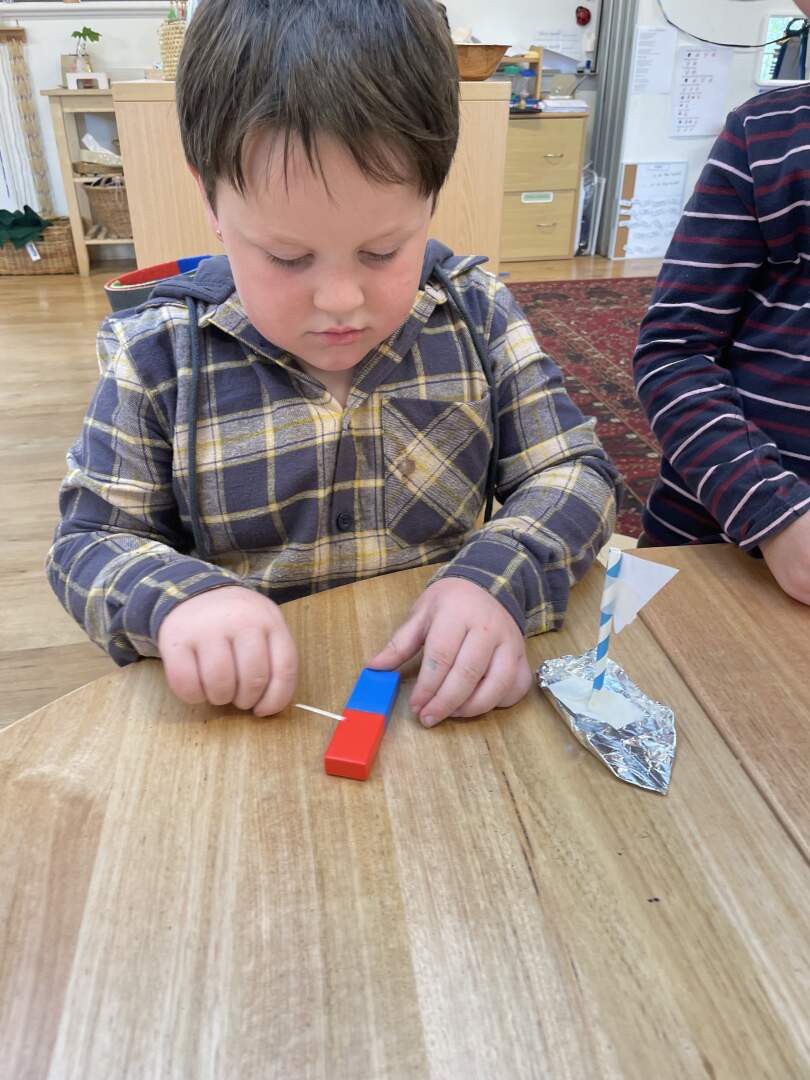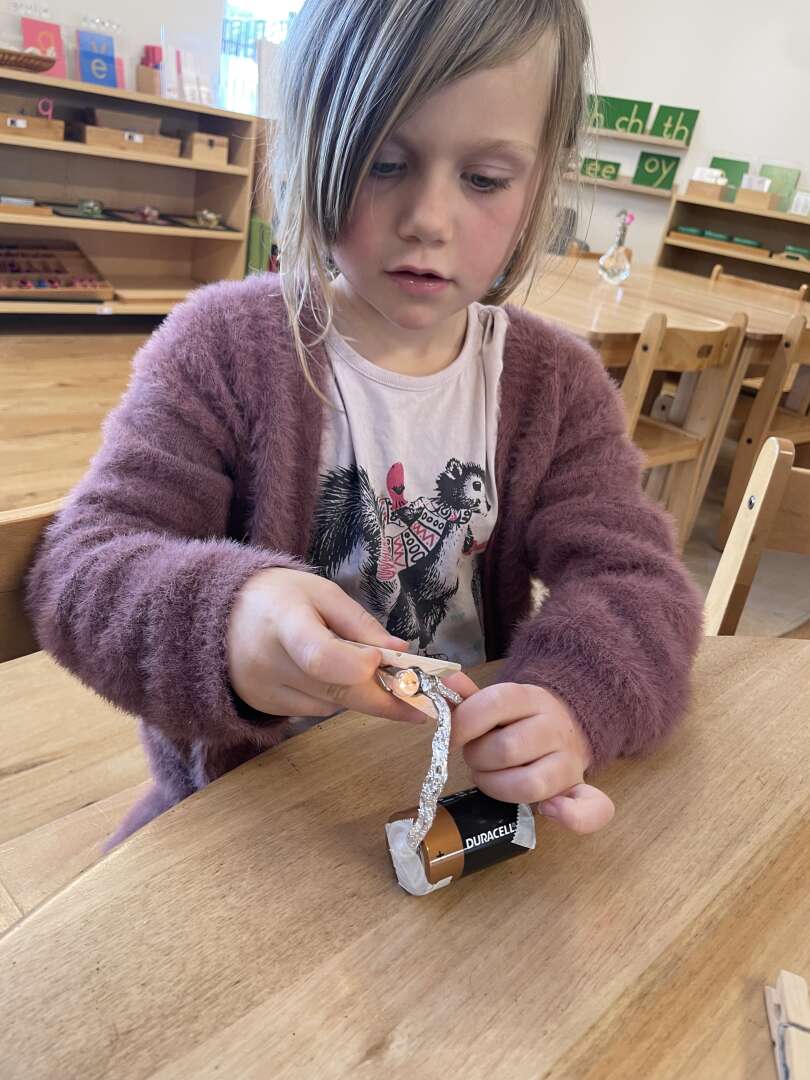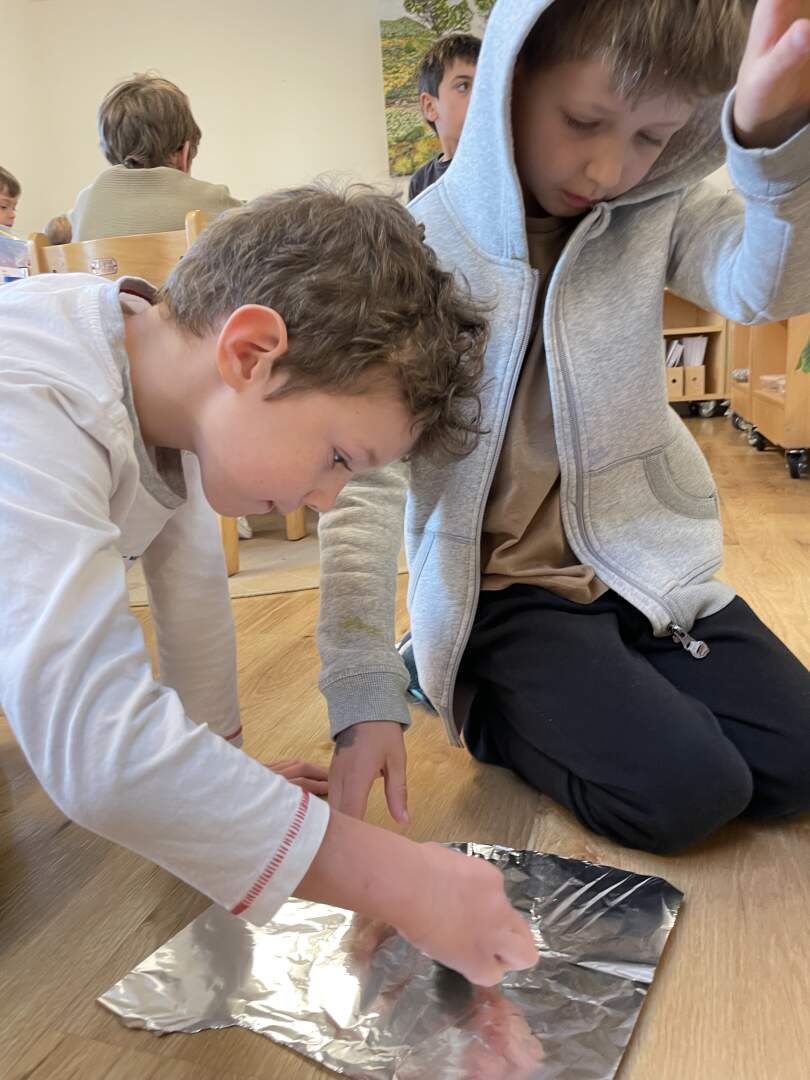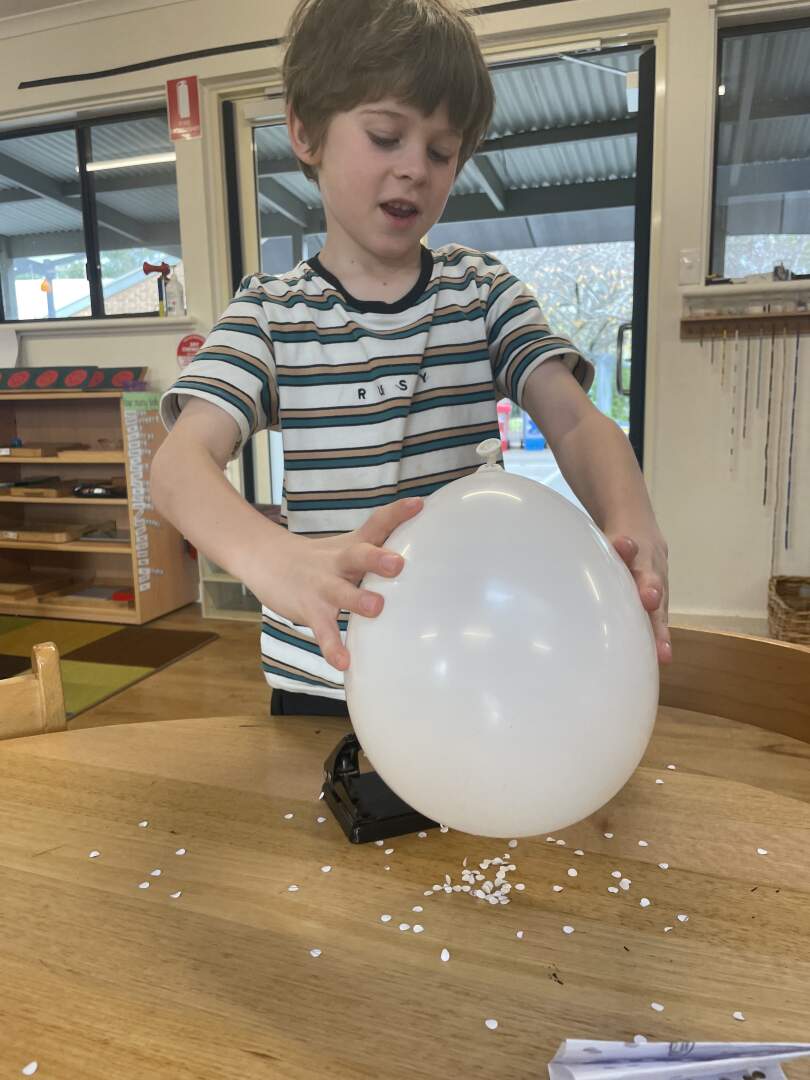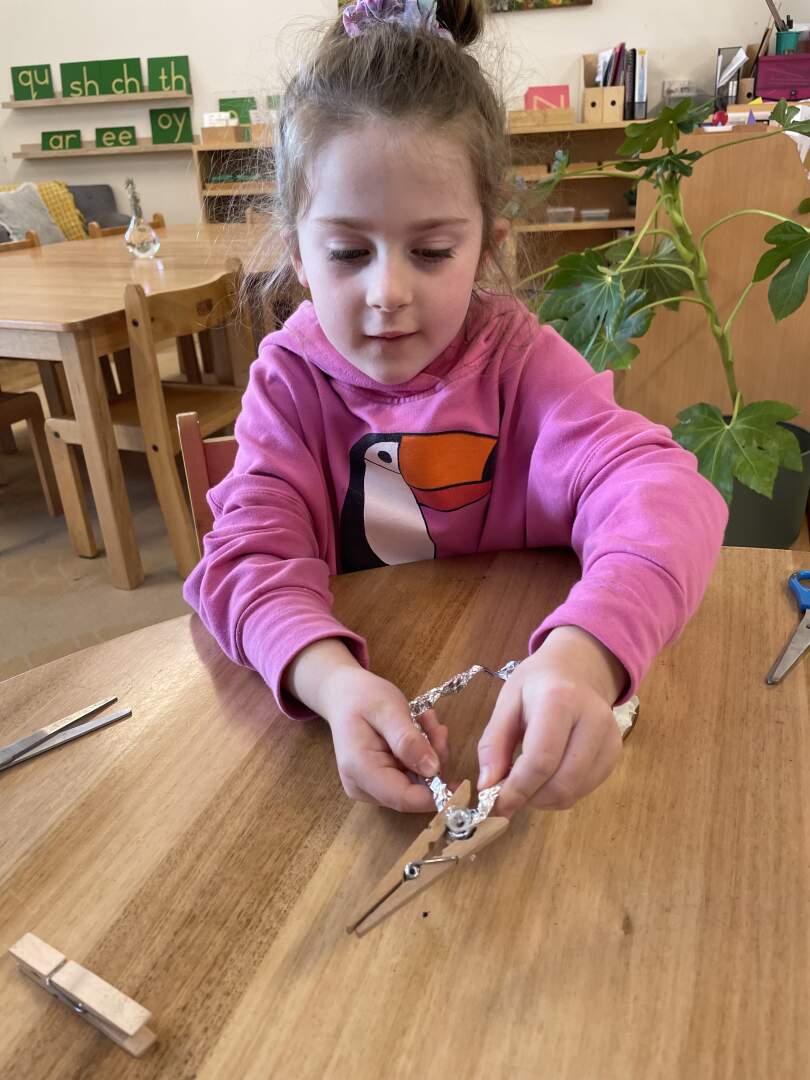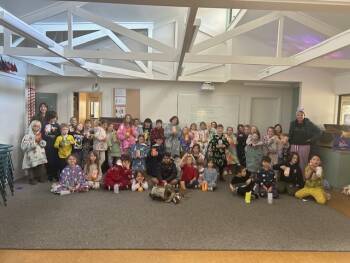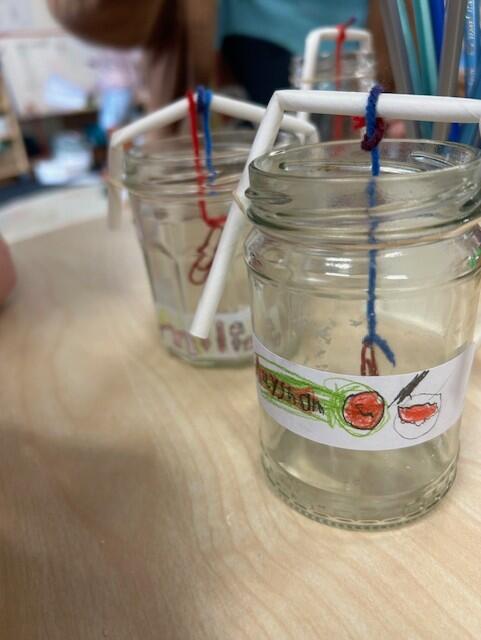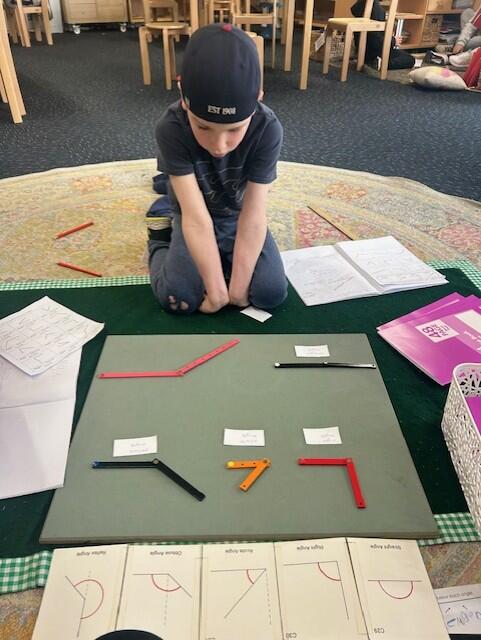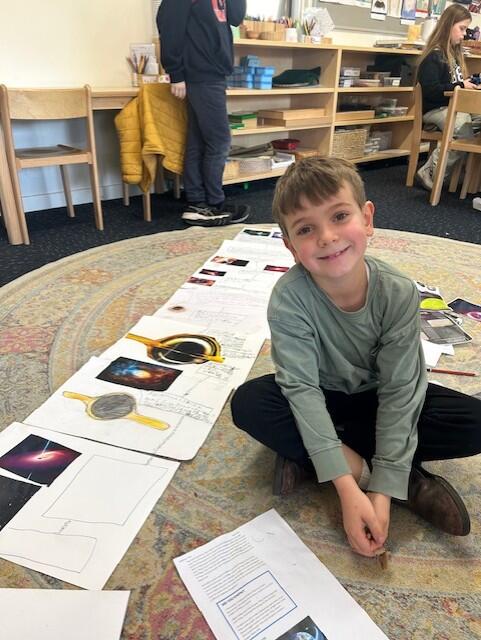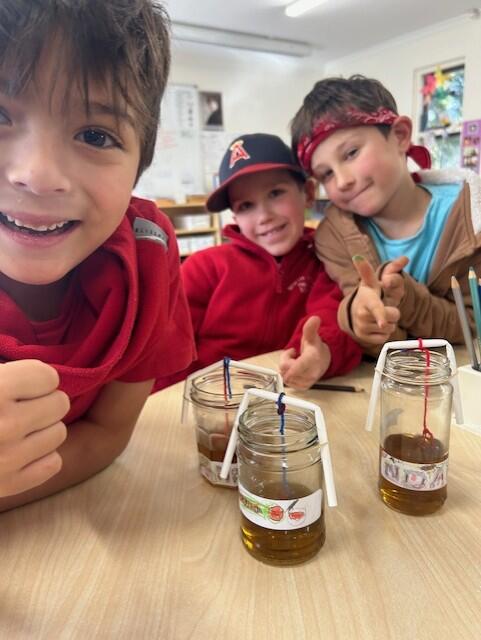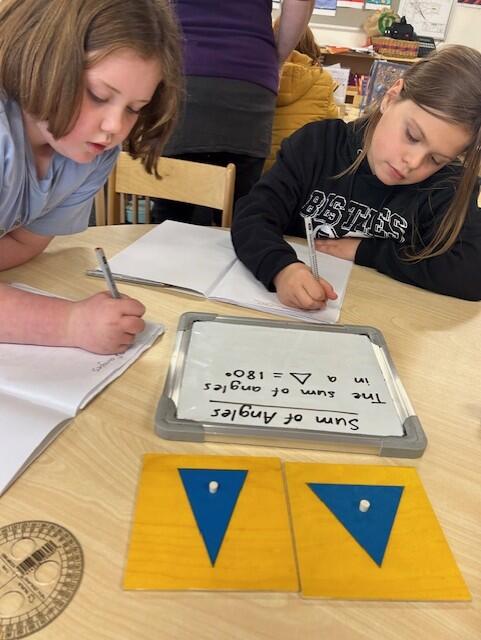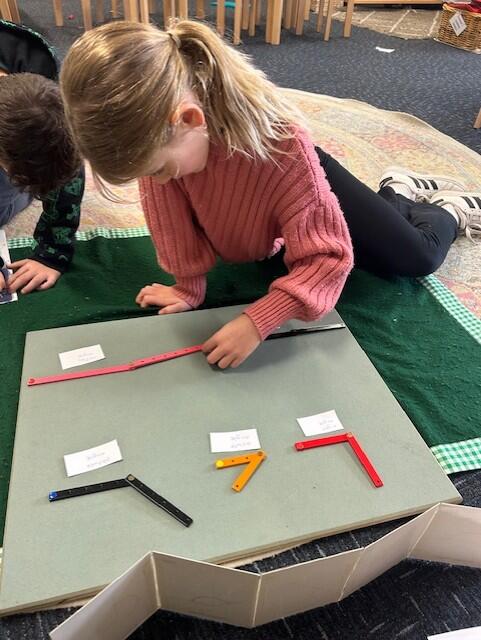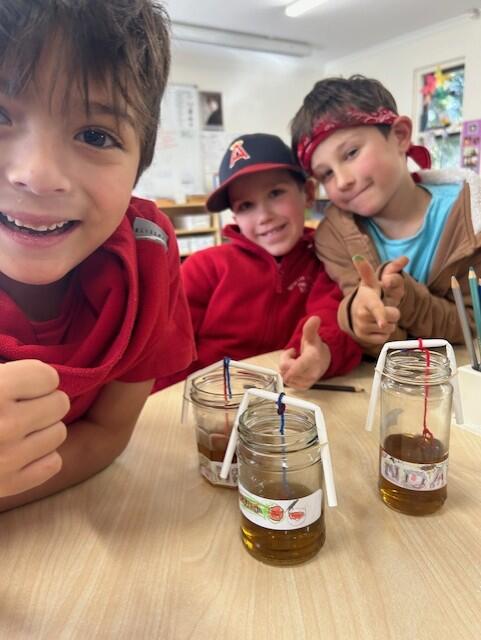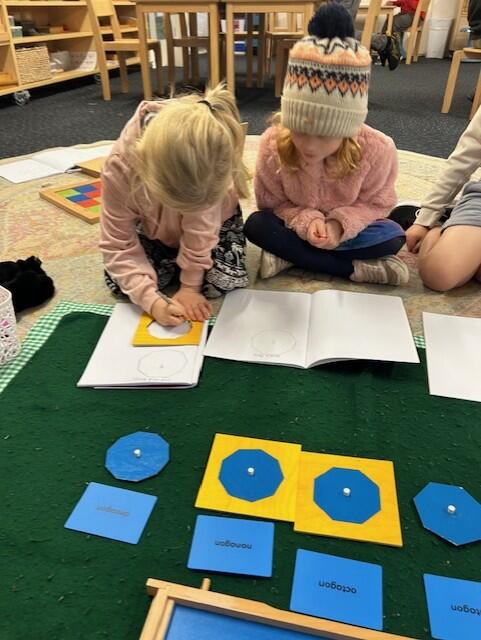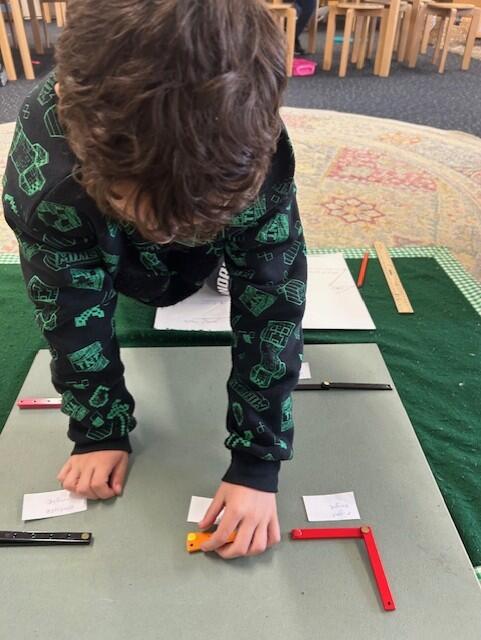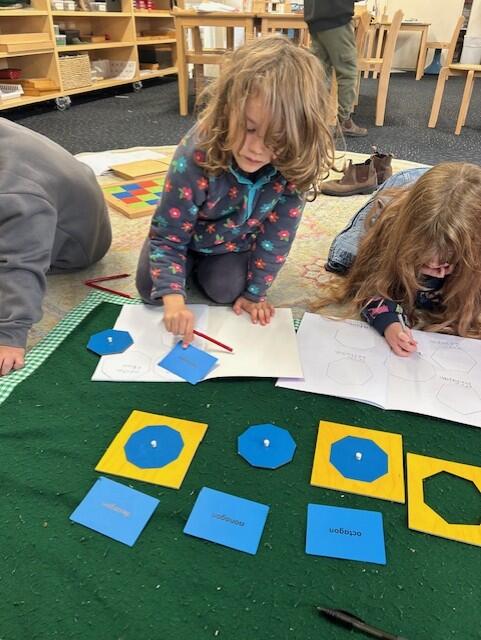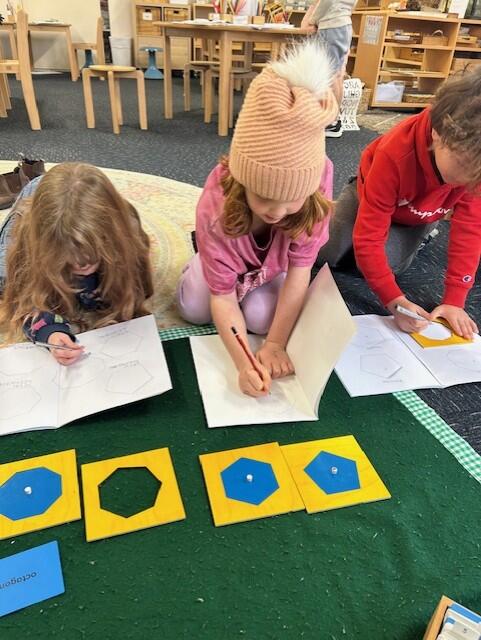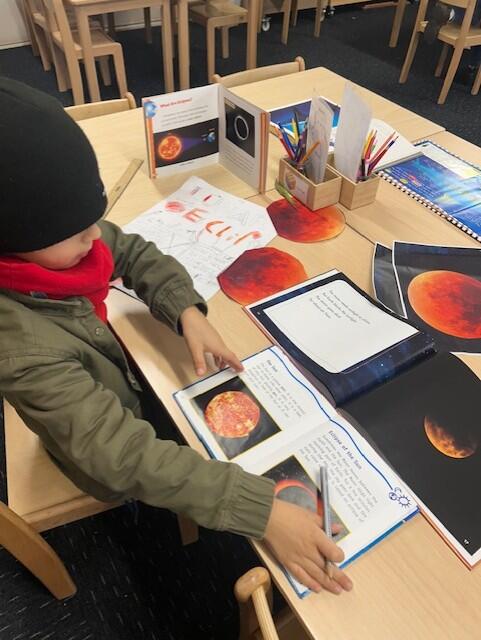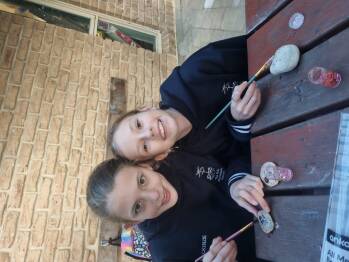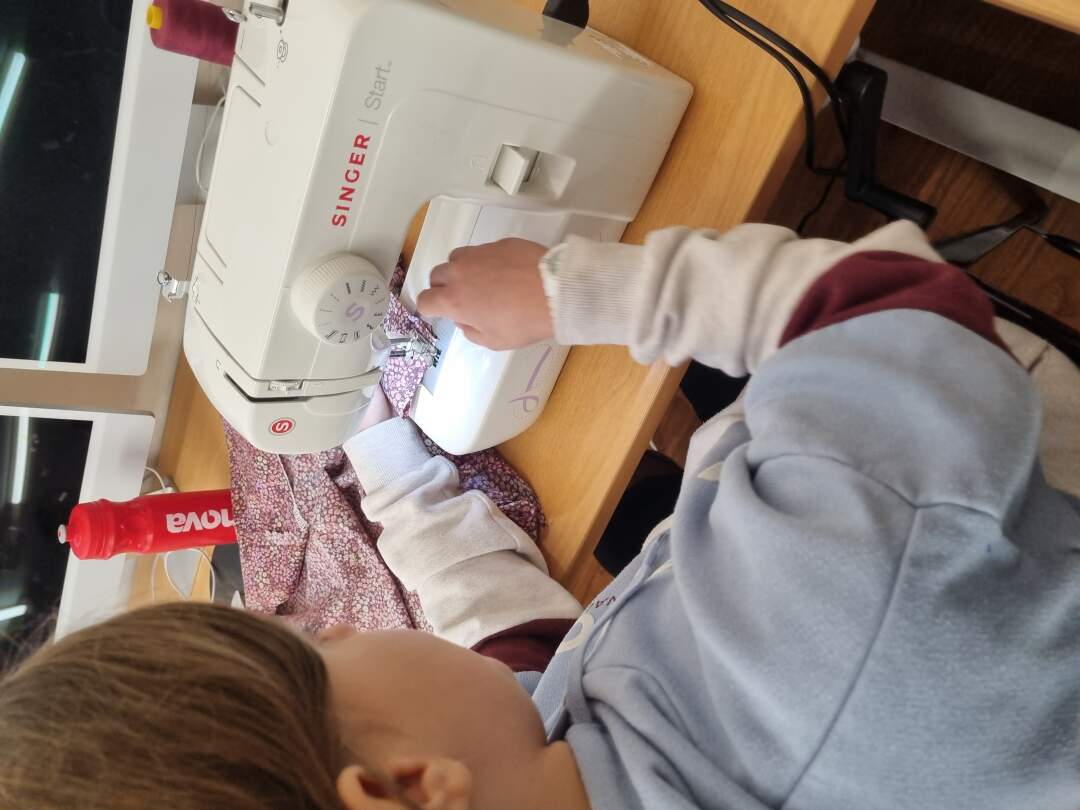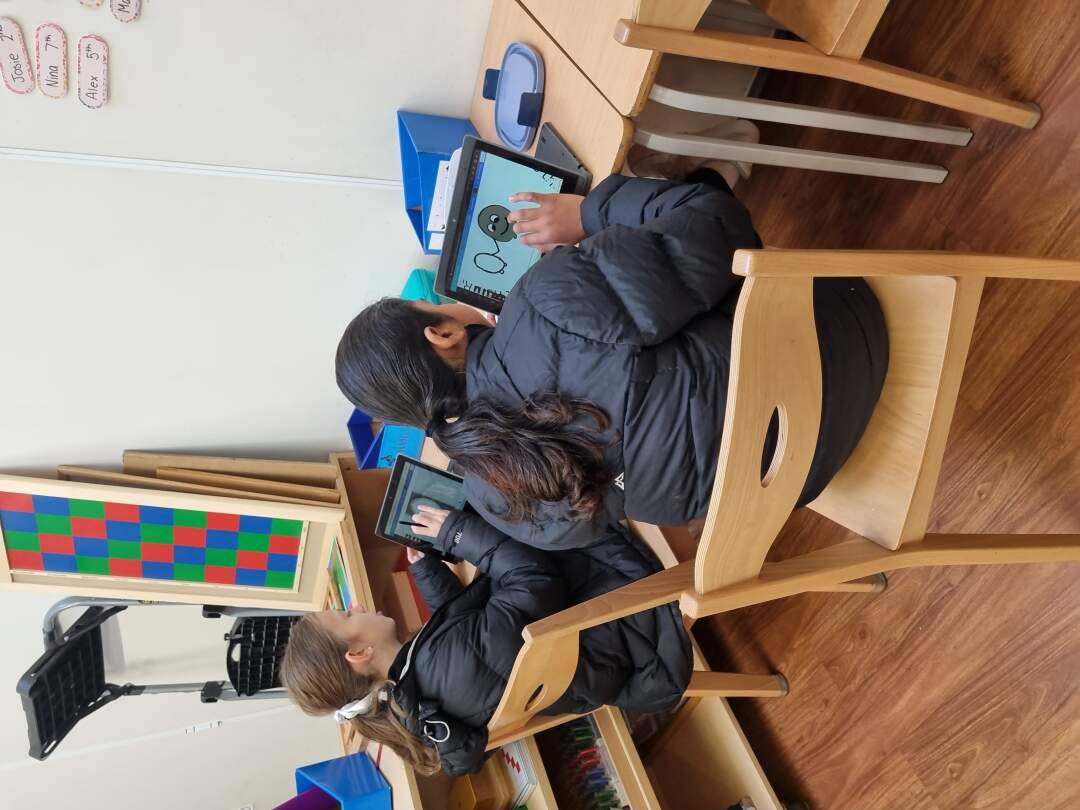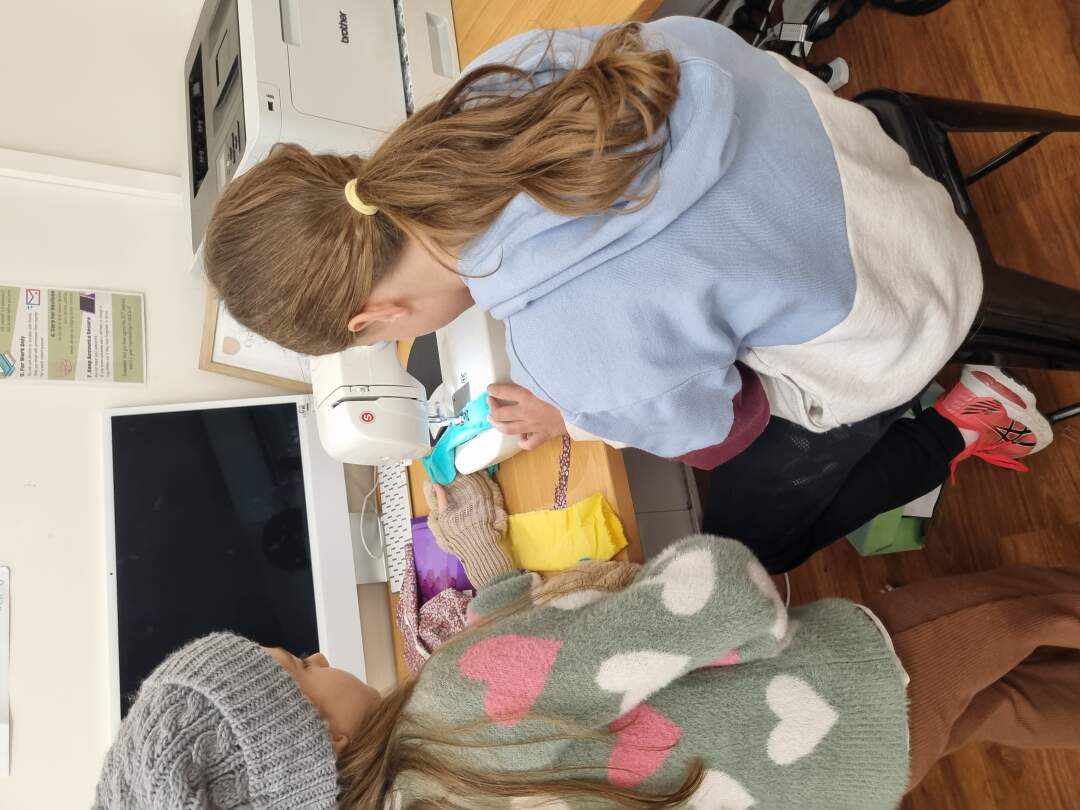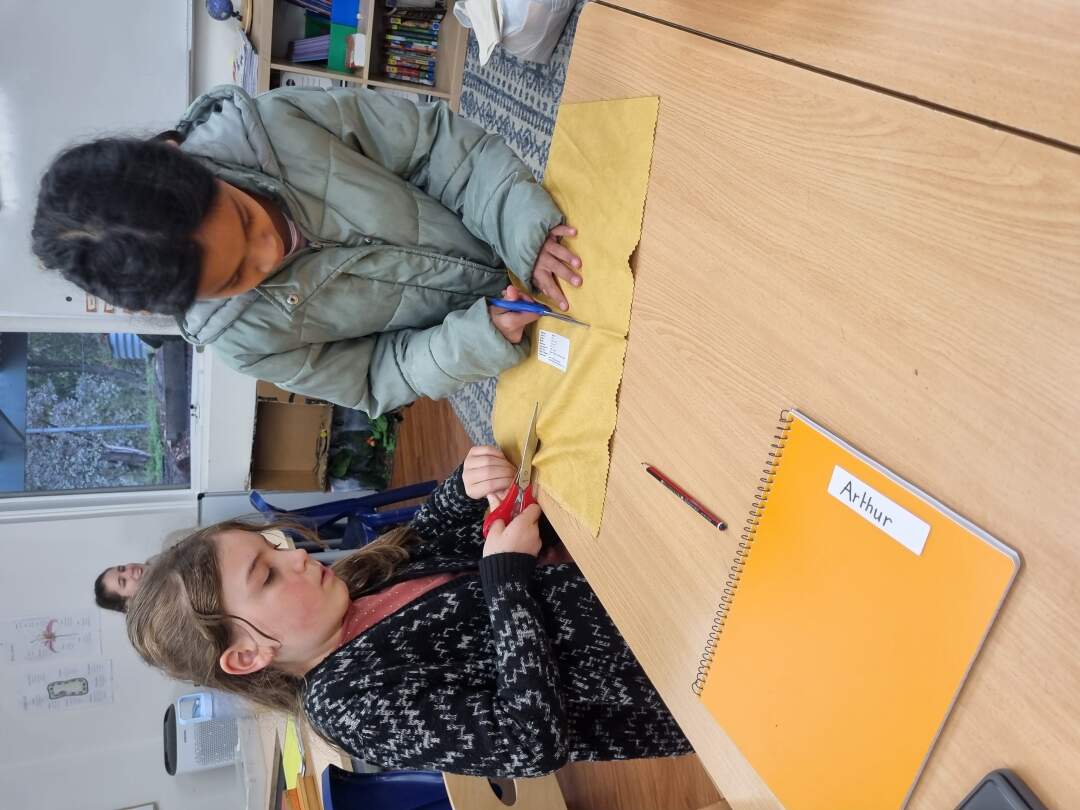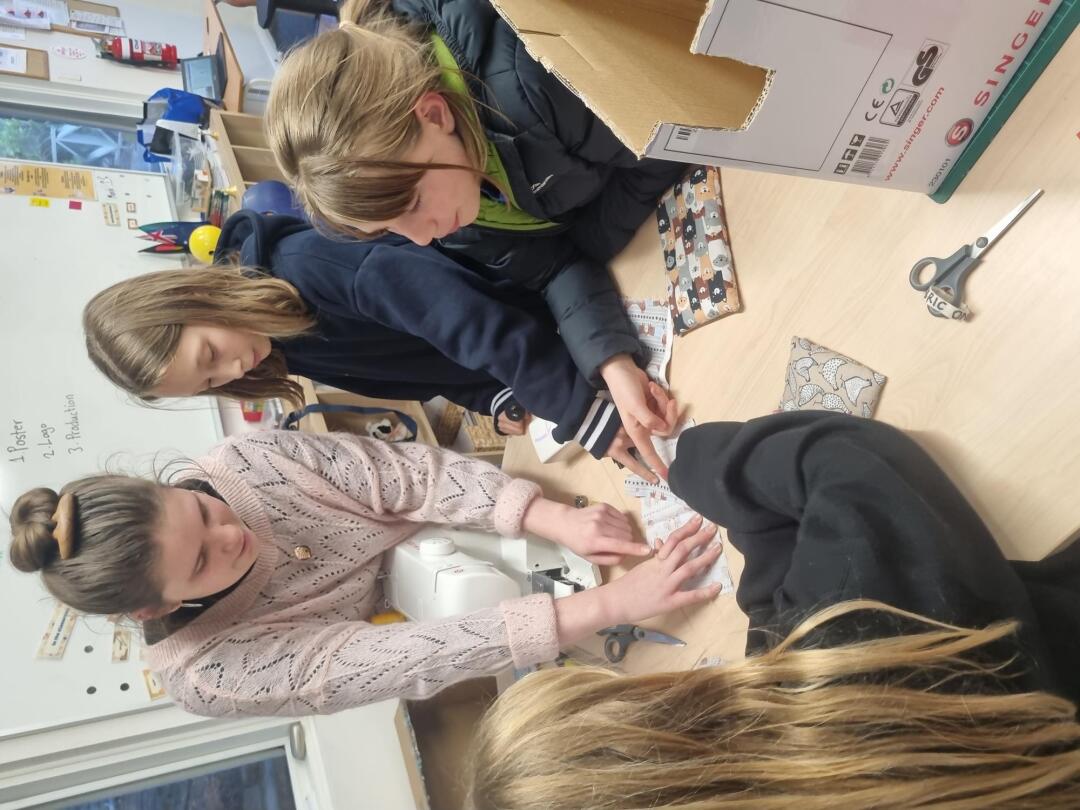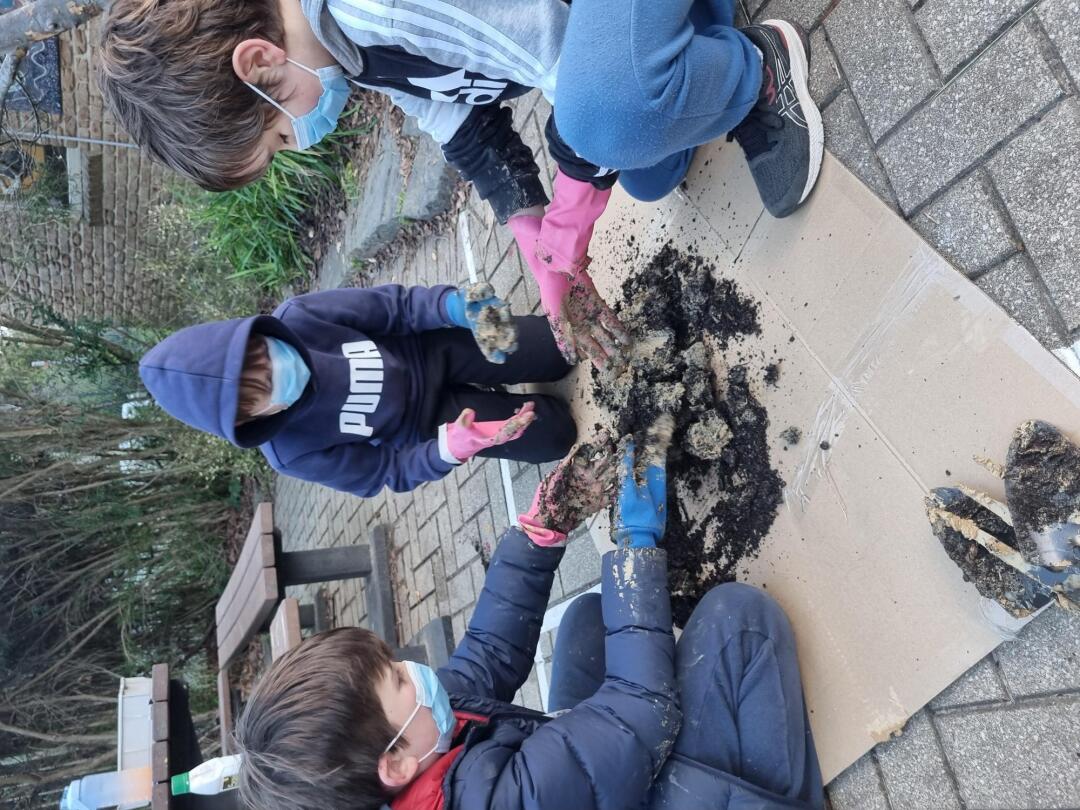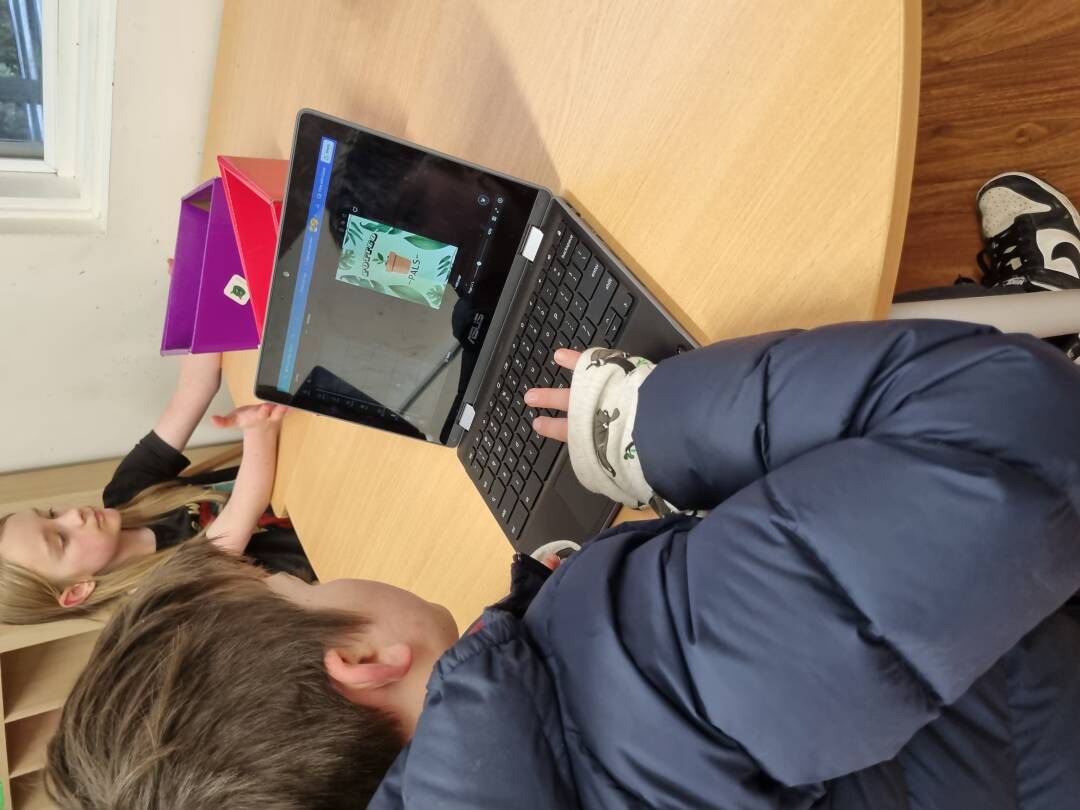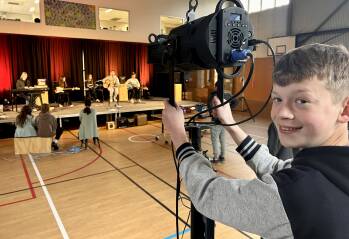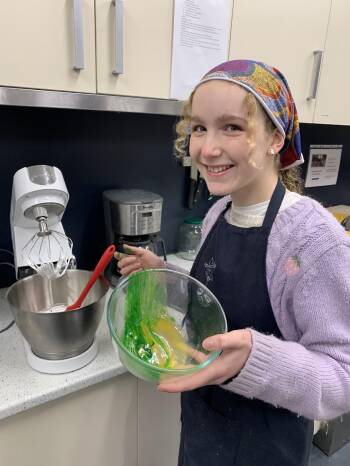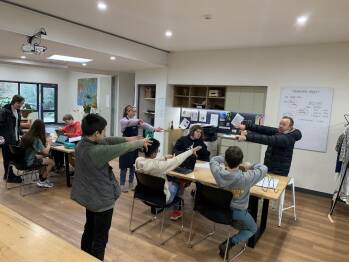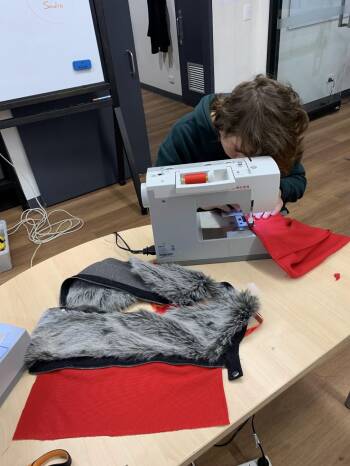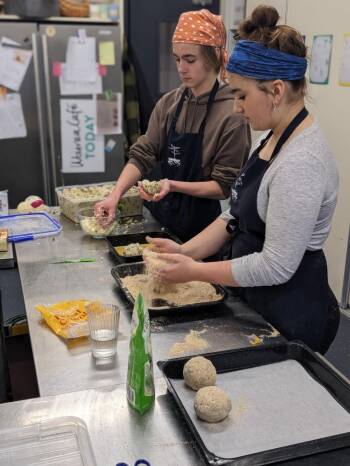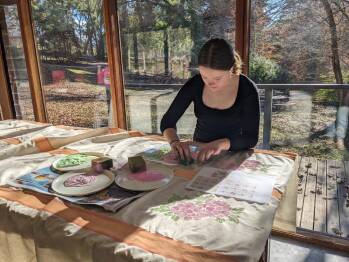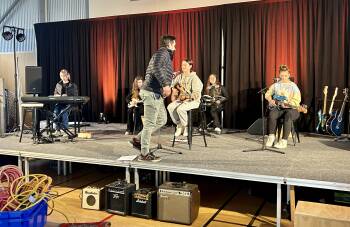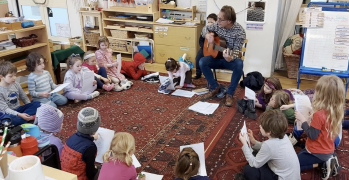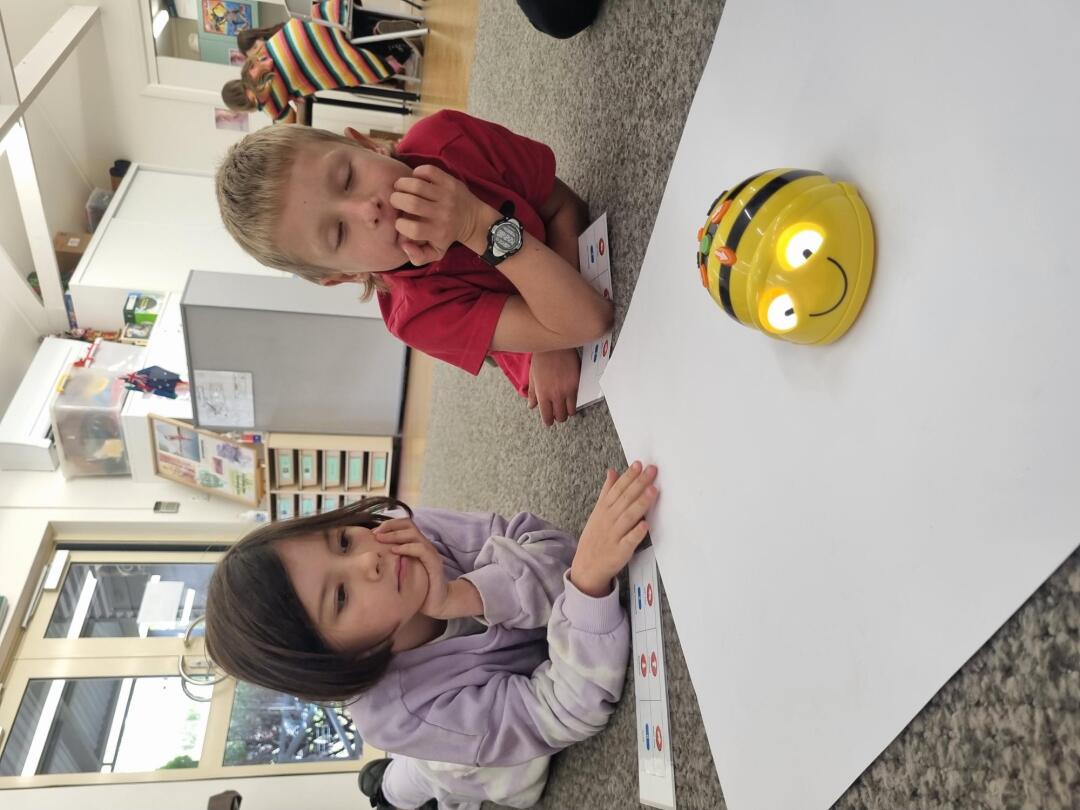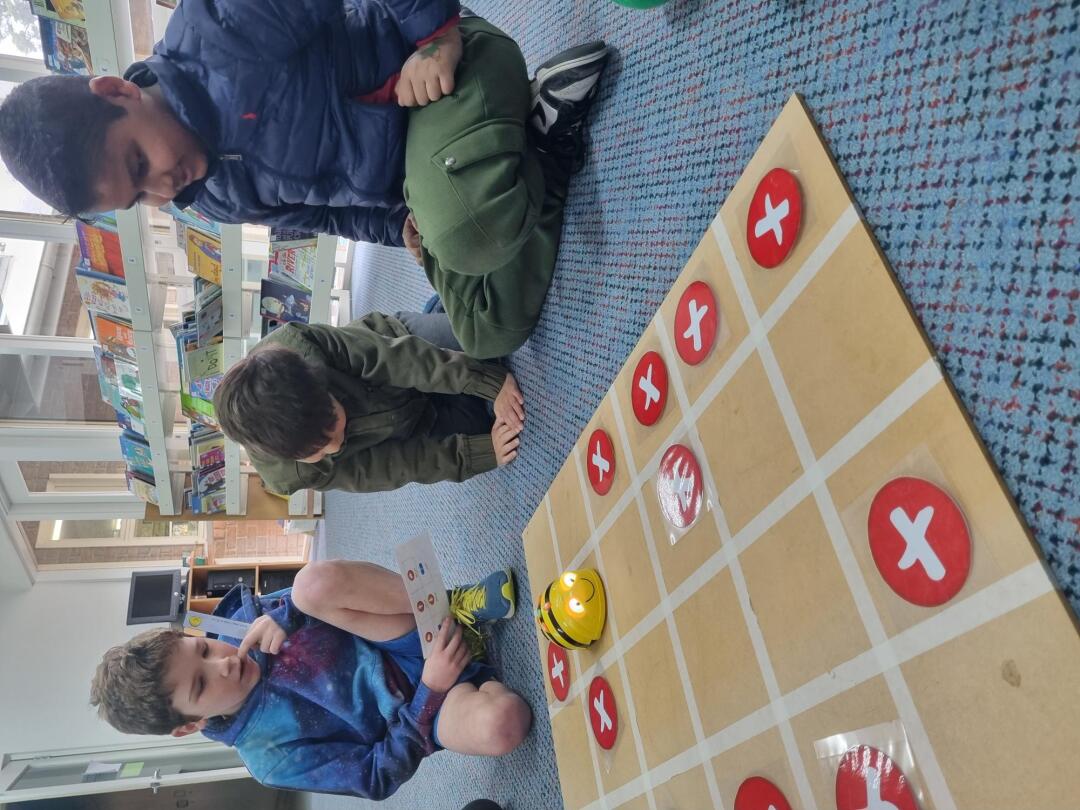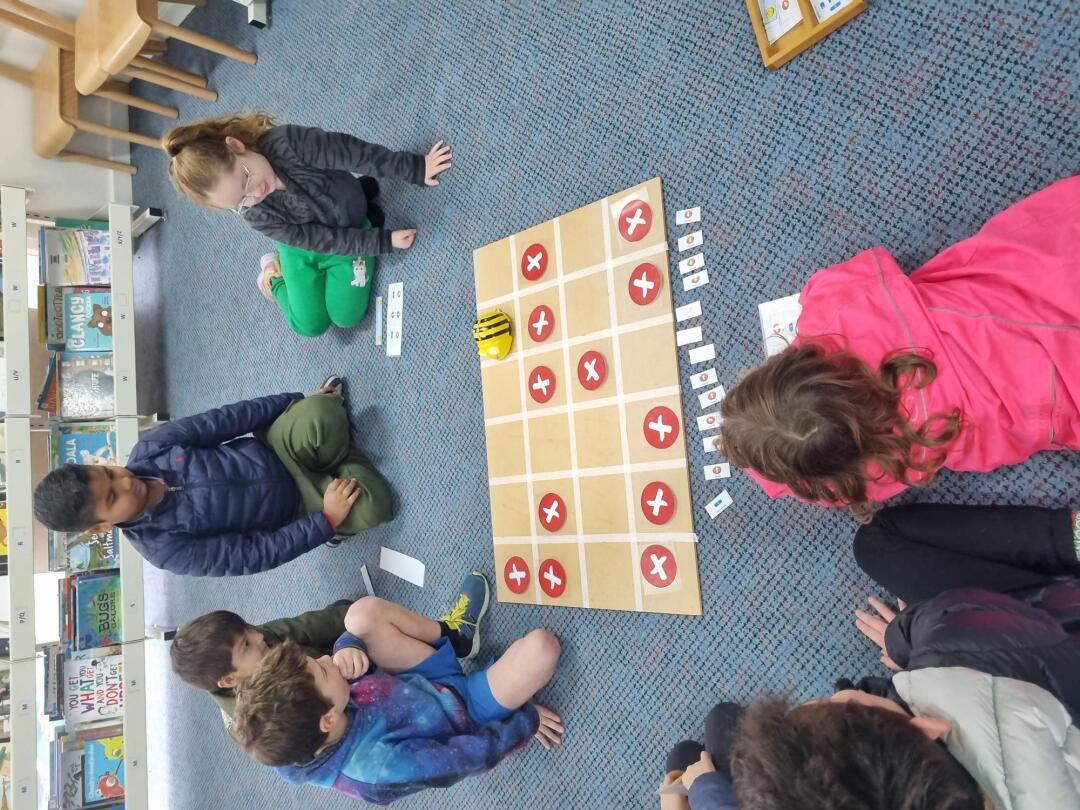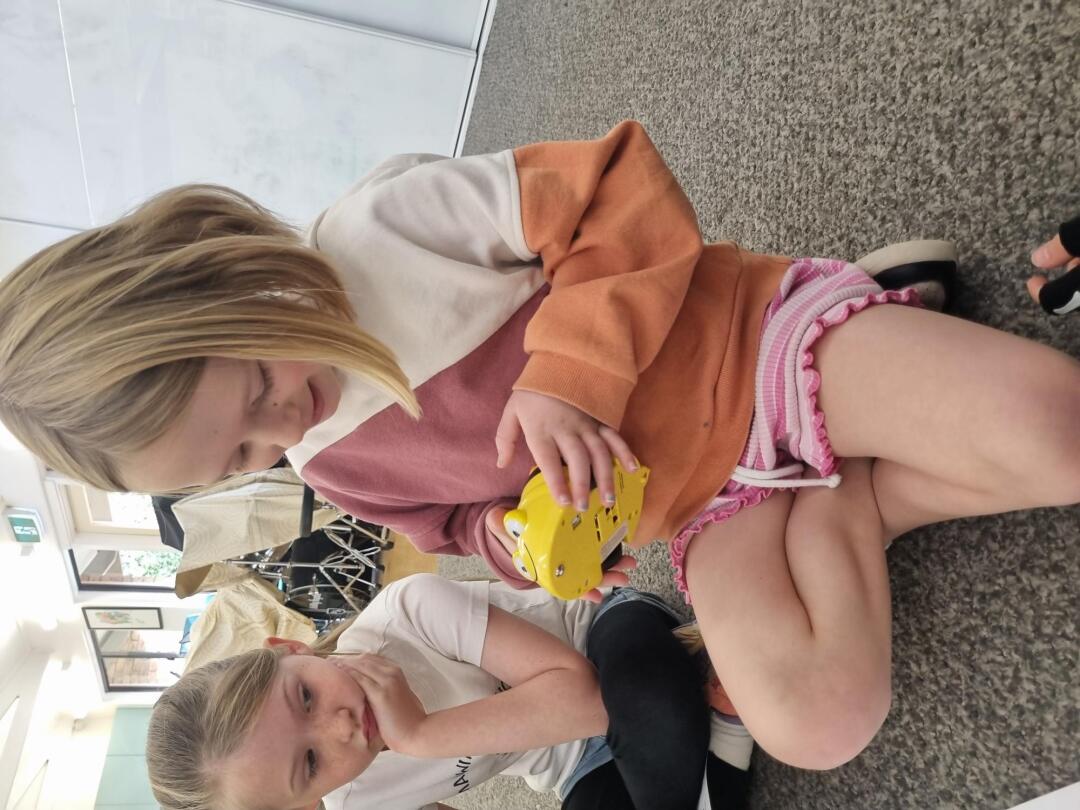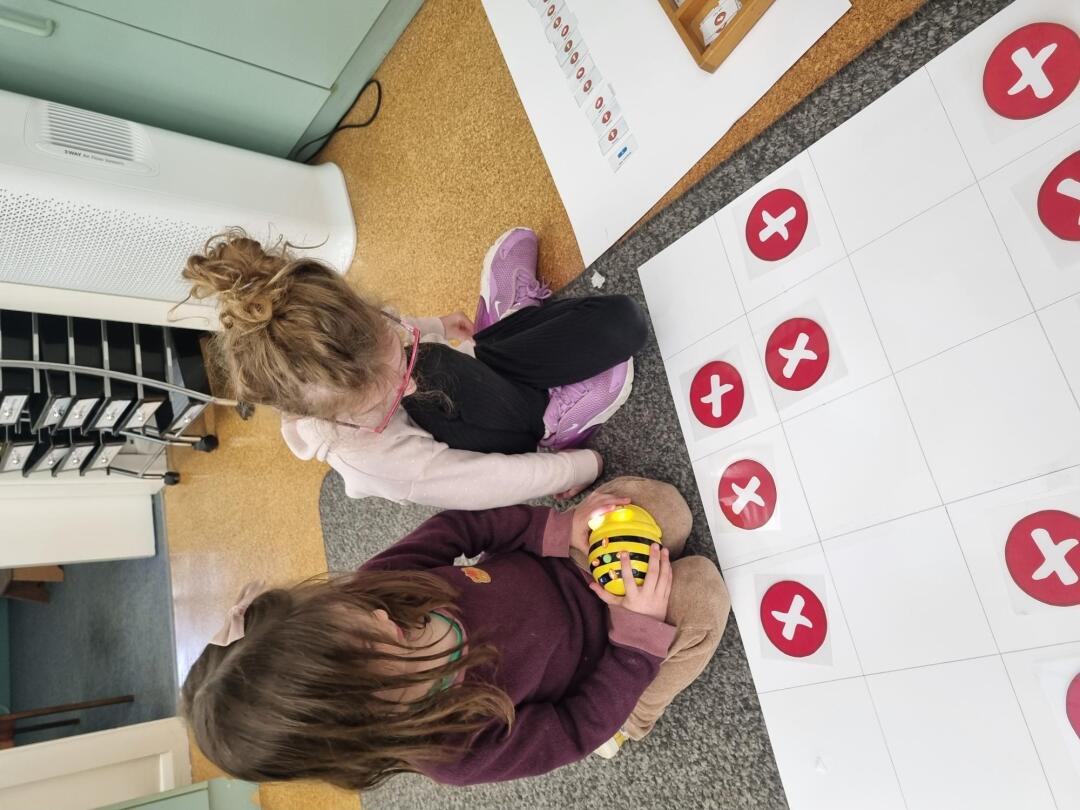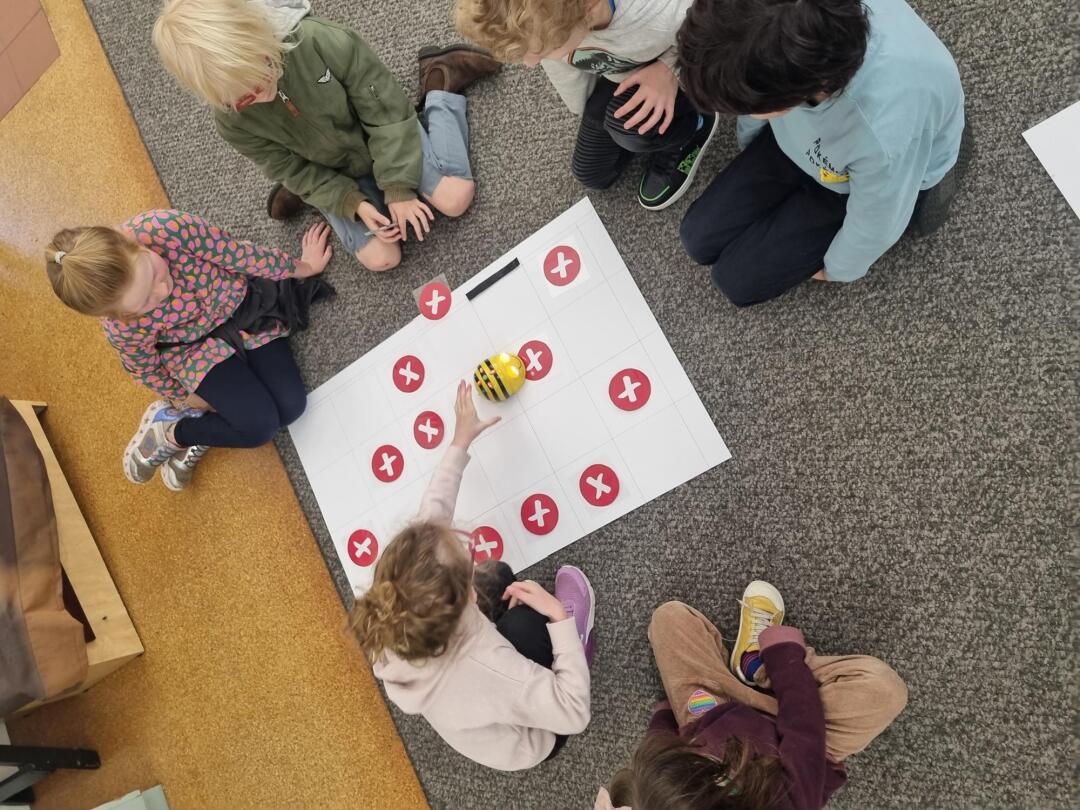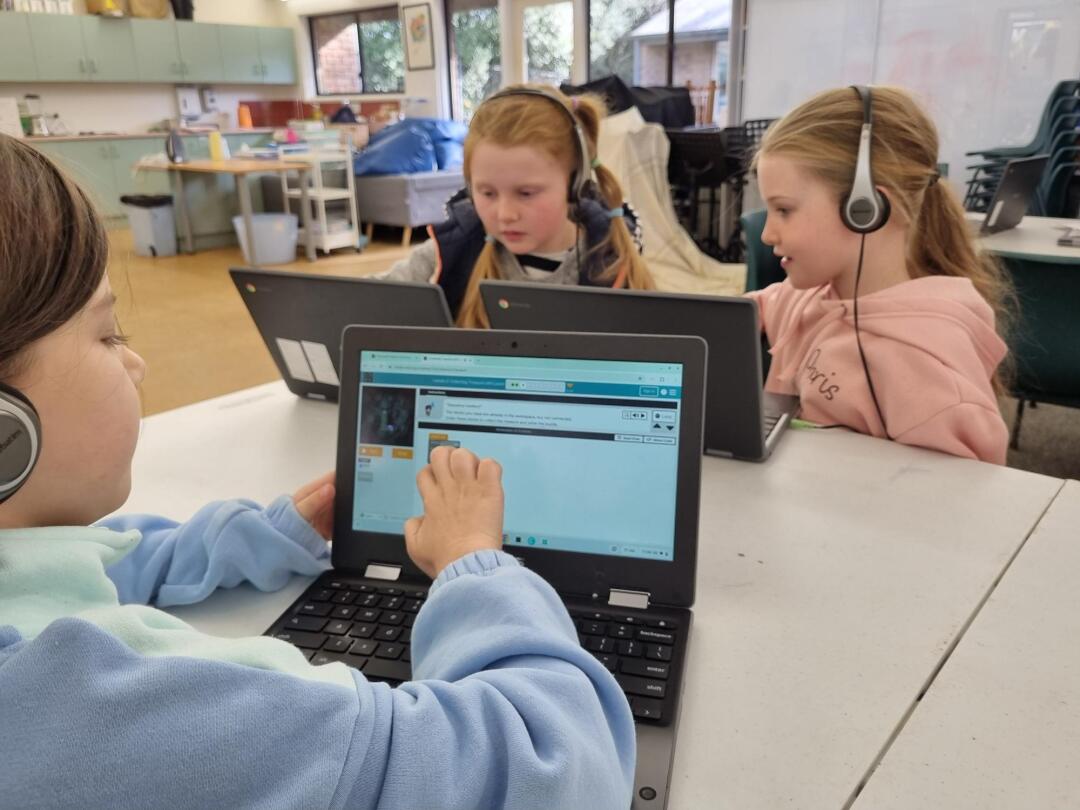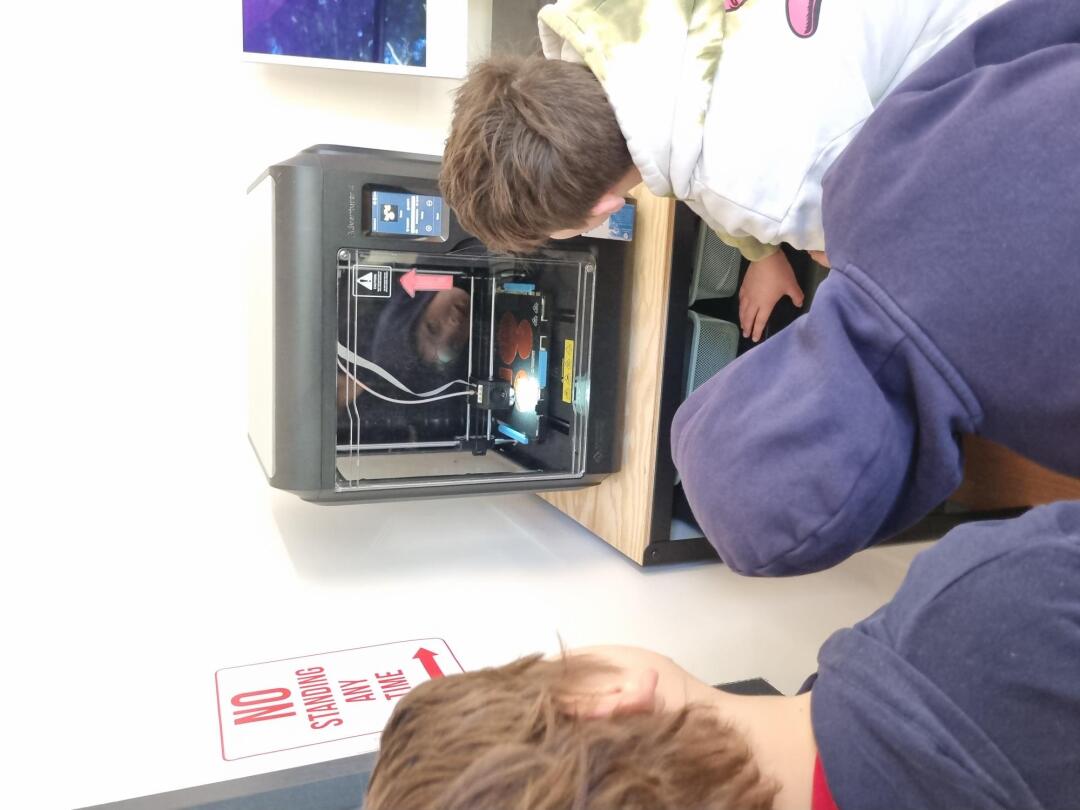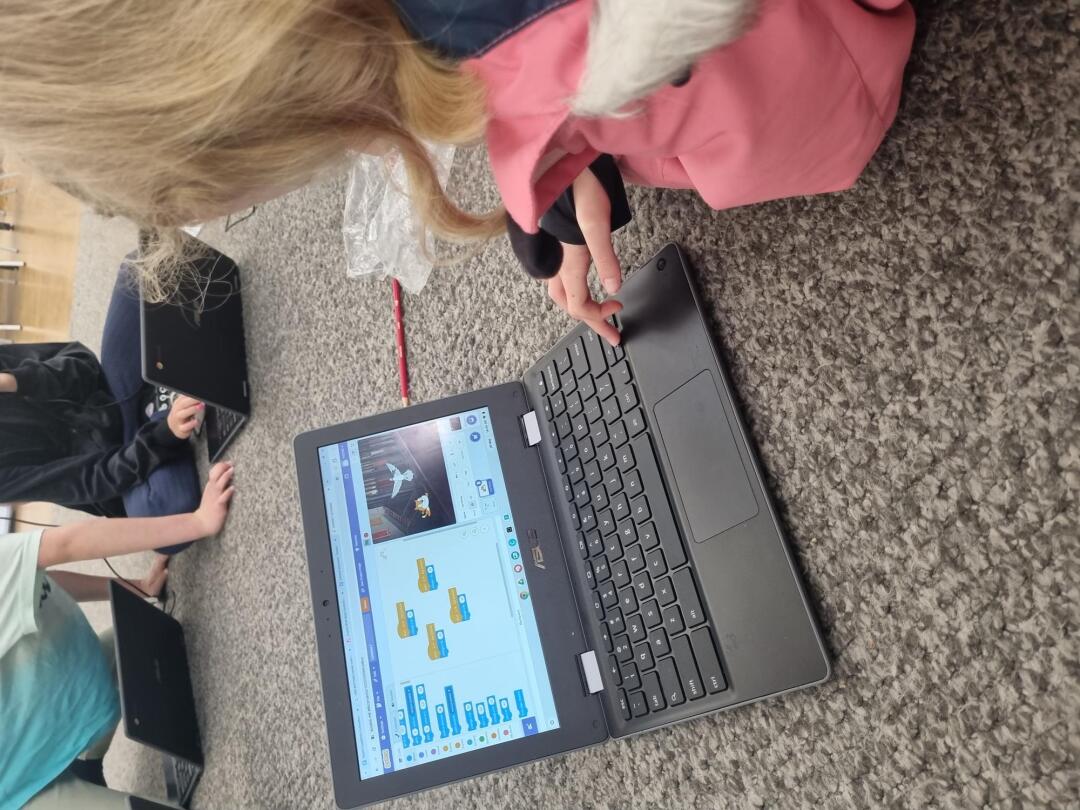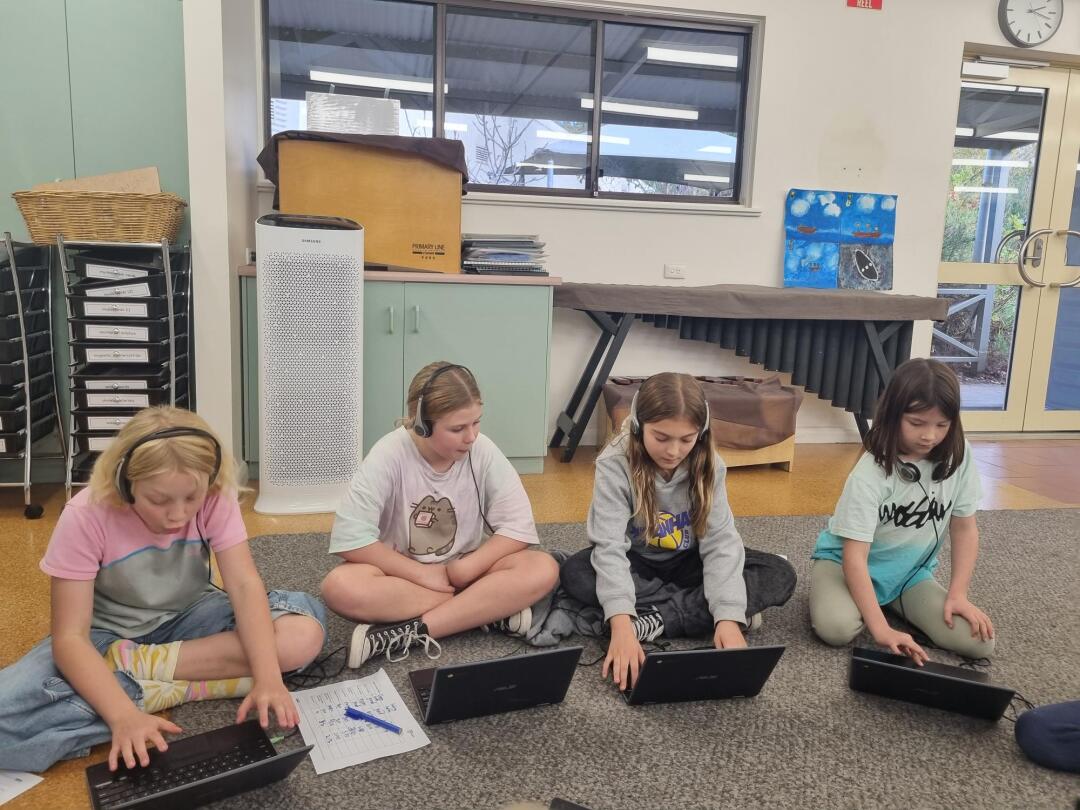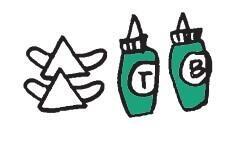In today's world, where the internet plays an integral role in education and entertainment, ensuring the safety of our children and young people online is of paramount importance. As we embrace technology for its innumerable benefits, we must also be vigilant about protecting our children from potential risks that accompany online interactions.
The internet offers a vast world of knowledge and opportunities, but it also exposes children and young people to various dangers such as cyberbullying, inappropriate content, online predators, and scams. These risks emphasise the necessity of educating ourselves and our children about cybersafety practices.
At school we are committed to promoting cybersafety through education programs and workshops. In Term 1 our Cycle 4 students participated in their annual SAPOL workshop as part of their Wellbeing Conference. This term Cycle 3 have worked through a program with their teachers and Alice Bradley (Wellbeing Worker). In Term 3 Cycle 2 students will also work through an age appropriate program with their teachers and Alice. The ongoing lessons, skills and conversations will help equip our students with the knowledge and skills they need to navigate the online world responsibly and safely.
The Australian Parenting website outlines the four main risks of internet safety for children:
https://raisingchildren.net.au/school-age/media-technology/online-safety/internet-safety-6-8-years
Content risks: For school-age children these risks include things that they might find upsetting, disgusting or otherwise uncomfortable.
Contact risks: These risks include children coming into contact with people they don’t know or with adults posing as children online.
Conduct risks: These risks include children acting in ways that might hurt others or being the victim of this kind of behaviour.
Contract risks: These risks include children signing up to contracts, membership agreements, or terms and conditions that they aren’t aware of or don’t understand.
As a school, we encourage parents to:
· actively engage in open and honest discussions about cybersafety at home
· establish clear guidelines regarding screen time and the types of websites and apps your child/young person can access
· monitor your child/young person’s online activities periodically to ensure they are adhering to your guidelines
· teach your children about the importance of safeguarding personal information such as their full name, address, school details, and passwords
· remind your child/young person never to share such personal information with strangers online
· help your child/young person to distinguish between reliable and unreliable sources of information online
· discuss the impact of cyberbullying with your child/young person and encourage them to report any instances of bullying, whether they are the victim or a bystander
· utilise parental control tools available on devices and internet browsers to restrict access to inappropriate content and monitor online activities
The school has a Screentime Guidelines document that we encourage parents to read and use as a guide for your family around using devices outside of school. You can access that document here.
An excellent resource for schools and parents is the eSaftey Commissioner’s website: https://www.esafety.gov.au/ which provides very helpful information and an array of resources.
By working together as a community, we can work towards mitigating the risks associated with online activities to create a safe online environment to enable our children and young people to reap the benefits of the internet safely.
Cathy France
Principal




